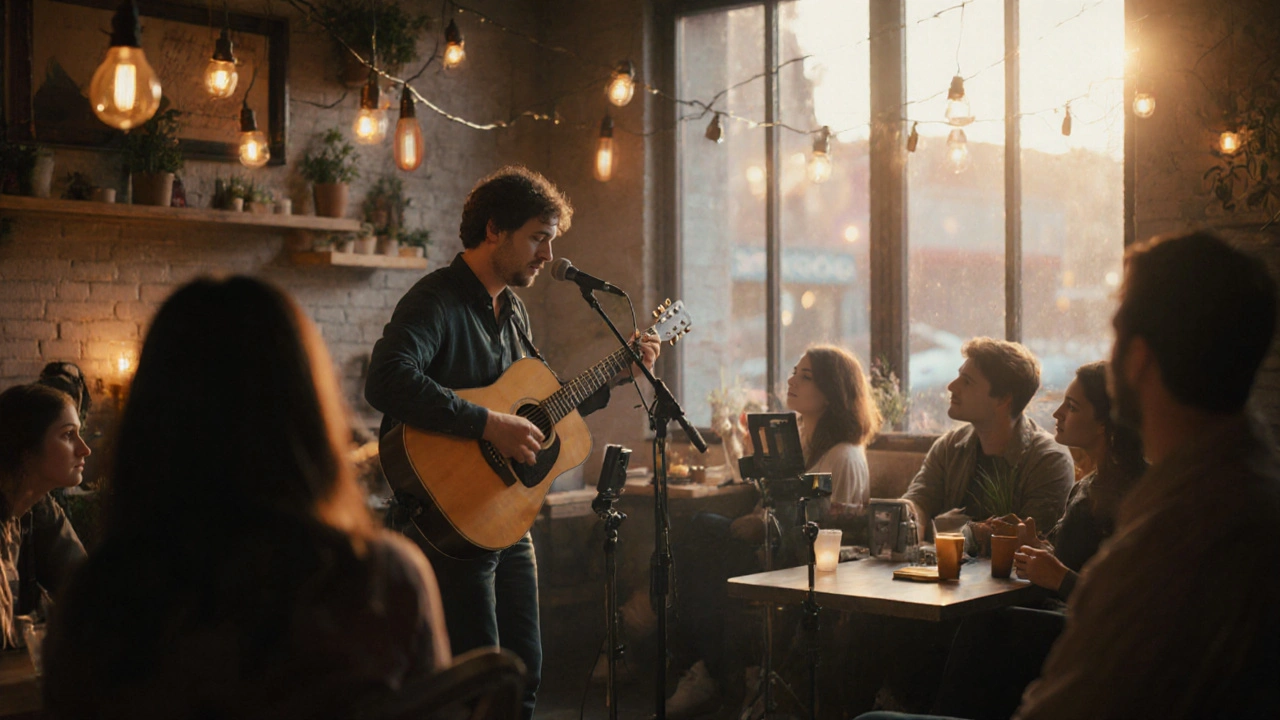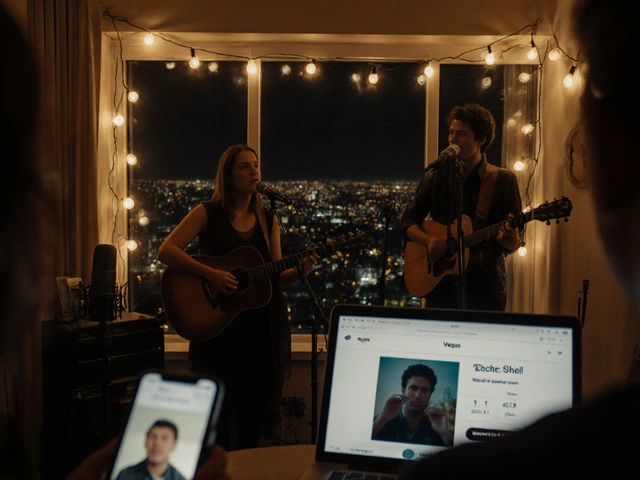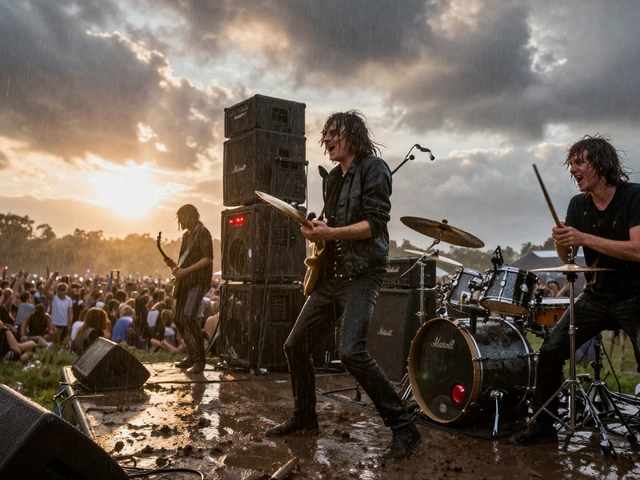Live Stream Setup: How to Broadcast Concerts Right
When you set up a live stream setup, a system of cameras, microphones, software, and internet connection used to broadcast live music performances. Also known as live music broadcast, it’s not just about pointing a phone at the stage—it’s about capturing the energy, the crowd, and the sound so it feels real to people watching from home. A good live stream setup turns a casual fan’s phone recording into something that actually feels like being there.
It’s not just about the gear. You need to know where to stream legally. Platforms like nugs.net, a service that offers official live concert streams and archives from major artists and Peacock, a streaming service that partners with venues and labels to host licensed live shows are safe because they have deals with artists and labels. Trying to livestream a concert yourself without permission? That’s a copyright violation—even if you’re not making money. The music industry tracks this, and artists lose income when unofficial streams spread. That’s why most official streams come through trusted platforms with clear licensing.
What do you actually need to make it work? At minimum: a decent camera (even a modern smartphone works), an external mic to cut out crowd noise, a stable internet connection (wired is best), and software like OBS or StreamYard to mix audio and video. Many artists start small—just a laptop, a USB mic, and a quiet room. Big tours use multi-camera rigs, soundboards, and dedicated engineers. The difference isn’t always budget—it’s planning. Know your source audio. Test your upload speed. Have a backup plan if your internet drops. And always check the artist’s policy. Some bands encourage fan streams; others shut them down fast.
If you’re trying to stream a festival, you’re fighting more than just tech—you’re fighting chaos. Hundreds of people recording at once, overlapping audio, shifting light. That’s why services like Pollstar, the industry’s trusted source for real-time concert data and tour schedules list official streams, not fan clips. They know which shows are being broadcast legally and where to find them. And if you’re an artist thinking about streaming your own show? Start simple. Use a platform that handles payments and rights for you. Don’t risk your music being taken down—or worse, your account banned.
What you’ll find below are real guides from people who’ve done this. From how to stream a concert for free using gear you already own, to why some platforms pay artists more per stream than others. You’ll see what VIP concert packages include, how much nugs.net costs, and why Spotify doesn’t stream live shows but still has great live recordings. This isn’t theory. It’s what works—tested by fans, musicians, and tech users who refused to settle for shaky phone videos.






